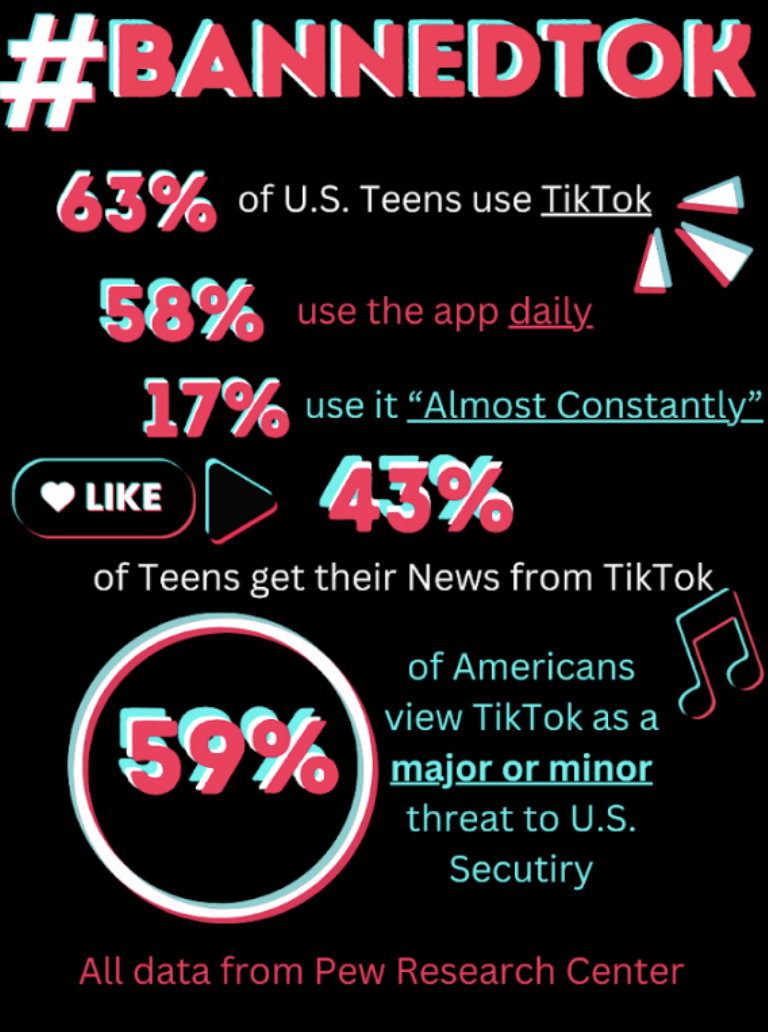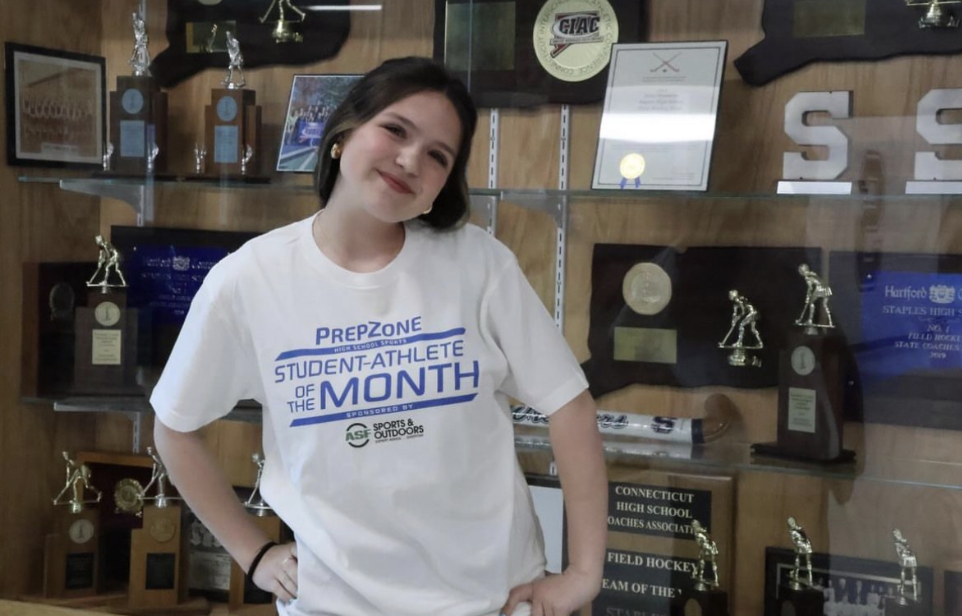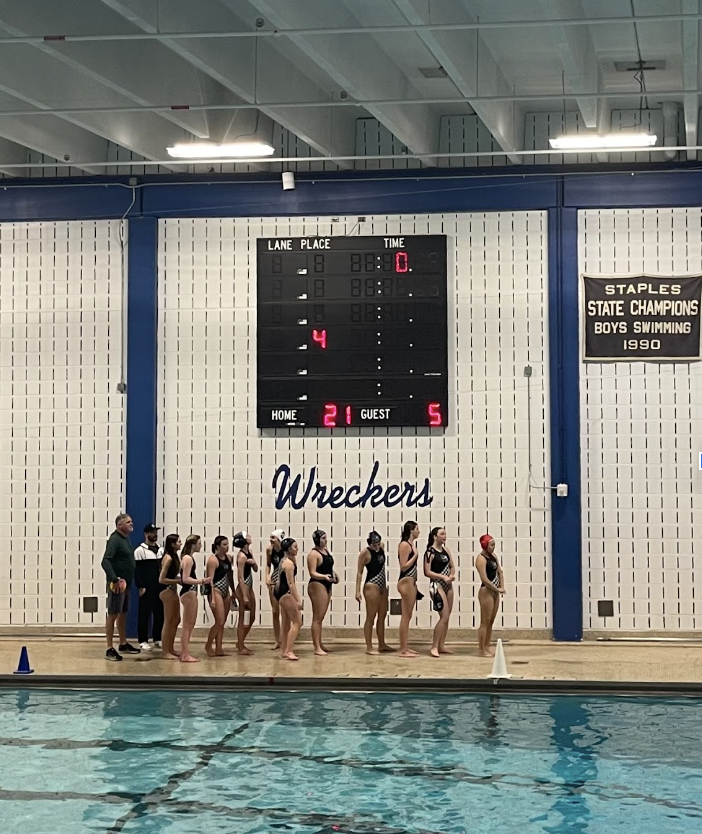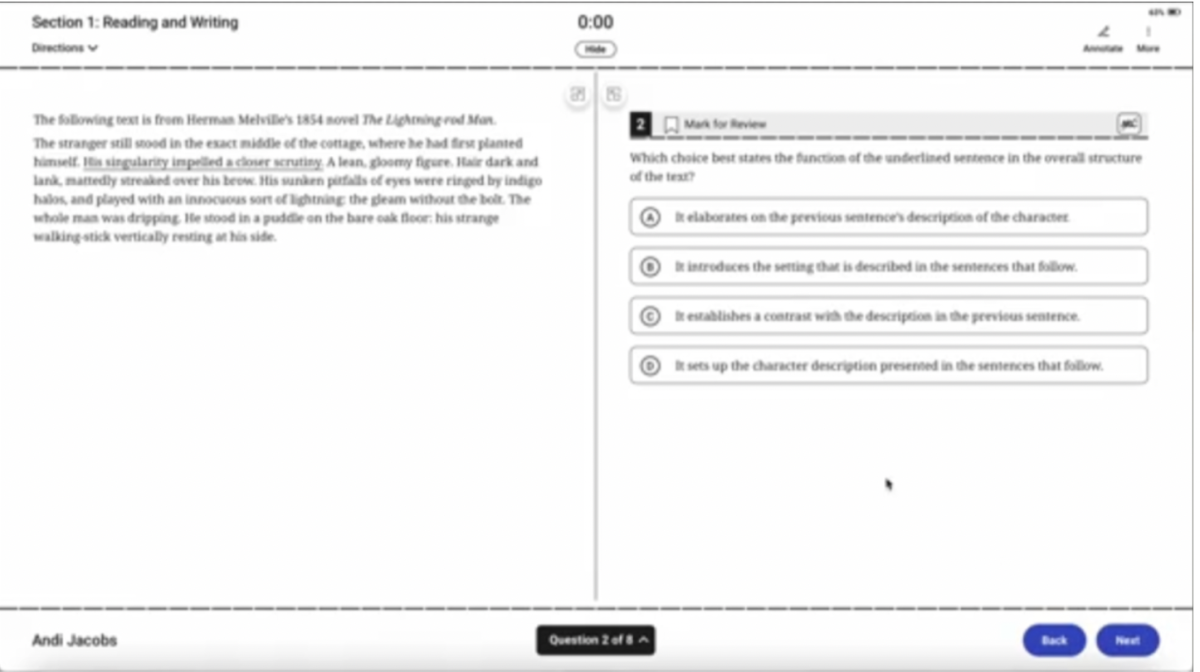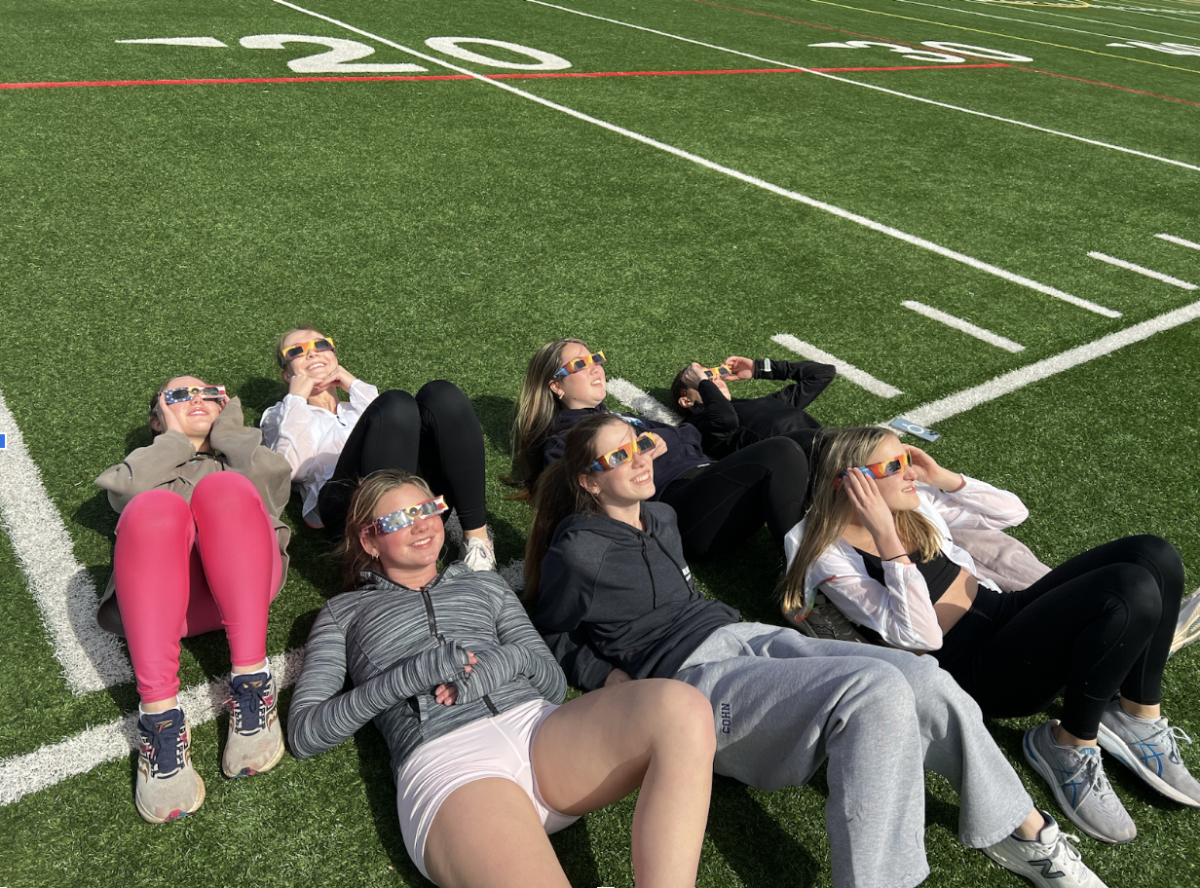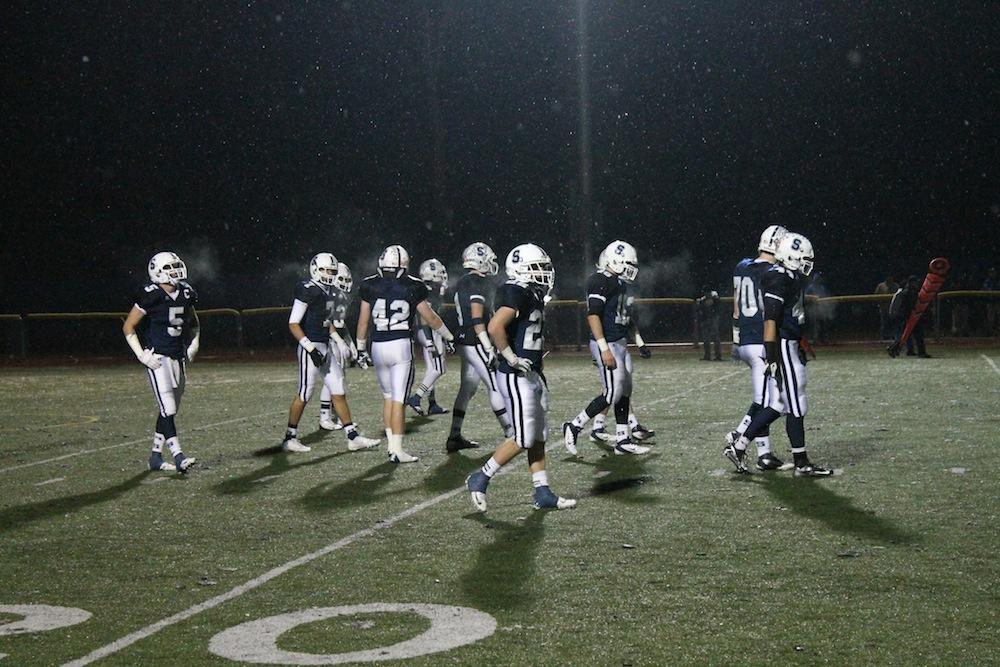Collegiate sports recruiting, like the electronics we use on a daily basis, is in the midst of an evolution. At Staples, and throughout the country, technological advances have surgically altered the features that previously defined scouting.
In the past, recruiting was predominantly based on personal encounters.
“When I was recruited, scouts would come to our games and talk to coaches in the FCIAC to get a sense of our grades and [playing abilities]” says former Penn State and Staples quarterback Lance Lonergan ’85. “So it was much more face to face than it is now.”
Conversely, Staples Varsity Football Coach Marce Petrocio, says high school scouting is now heavily based on email between coaches and players, along with player information posted on recruiting websites.
These online recruitment forums, ranging from beRecruited.com toHudl.com, have become extremely popular among Staples athletes; players on nearly every varsity sports team now pay around $50 annually for profiles. College prospects use their “profiles” to post their respective statistics, academic achievements, and personal highlight videos.
“If I didn’t have a Hudl profile, colleges wouldn’t be able to see me play. It’s not like they’re actually coming to the games and watching me” said Zack Speranza, ’13, a Varsity football player.
Petroccio says that many under-the-radar players now have greater exposure with college coaches, due to the success of websites like Hudl.com.
Yet some argue these alterations in the recruiting process are not always so beneficial. Nathaniel Boley ‘13, says that with the use of technology, there is also more pressure involved with getting recruited because “anyone in the world can contact the coaches. The competition is a lot stiffer.”
Varsity soccer player Lorenz Esposito ‘13, agrees; he feels that there has been an influx of college prospects due to the growing number of recruitment websites. He says the online businesses make it more difficult for him to stand out.
Sports-centered organizations like the United States Tennis Association have published research affirming Boley’s and Esposito’s claims: the USTA asserts that 68 percent of the top 100 Division One male tennis players are now foreign nationals because “international communication is becoming instantaneous.”
Furthermore, Staples Athletic Director Marty Lisevick contends that with the advance of technology, college coaches more often succumb to the temptation of reeling in athletes in ways that violate NCAA rules. He thinks that the increasing number of electronics available gives recruiters more ways to discreetly contact college prospects without proper authorization.
For instance, there have been rare instances when Staples sportspersons have been prematurely contacted by coaches through phone calls, emails, or texts, before he told them to stop.
“The rules are there for a reason, and I would think that 95 percent of the time they’re adhered to” says Lisevick.
Lonergan supports Lisevick’s claim, saying that twenty years ago, players would only receive letters before their junior year; without the internet and cellular devices, the line between casual conversation and the breach of NCAA rules was much clearer.
But there are also those who think the rules are more often violated because they are too strict: “[the NCAA] comes out with a mandate on how many texts you can send to a recruit now. It gets absolutely crazy,” said Petroccio.
Staples alumnus Jenn Hoets ‘11, who was recruited for St. Lawrence University’s Field Hockey team, also found it relatively difficult to follow these policies. She recommends that students be careful when speaking to coaches because the NCAA standards are often obscure or unexpected.
NCAA rules and the adaptation of scouting technology remain controversial. But nearly every student athlete and coach continues to agree upon the importance of getting priorities straight during the scouting process.
Esposito, Hoets, Boley, Petroccio, and Lisevick all maintain that one has to be realistic when trying to be noticed by coaches. Ultimately, they feel that commitment to a specific school should be based on more than a text from a scout, a recruitment website, or an institution’s sports program.
“My biggest advice to kids is that if, god forbid, they got hurt, they would still want to go to that school for reasons other than athletics,” says Lisevick.

